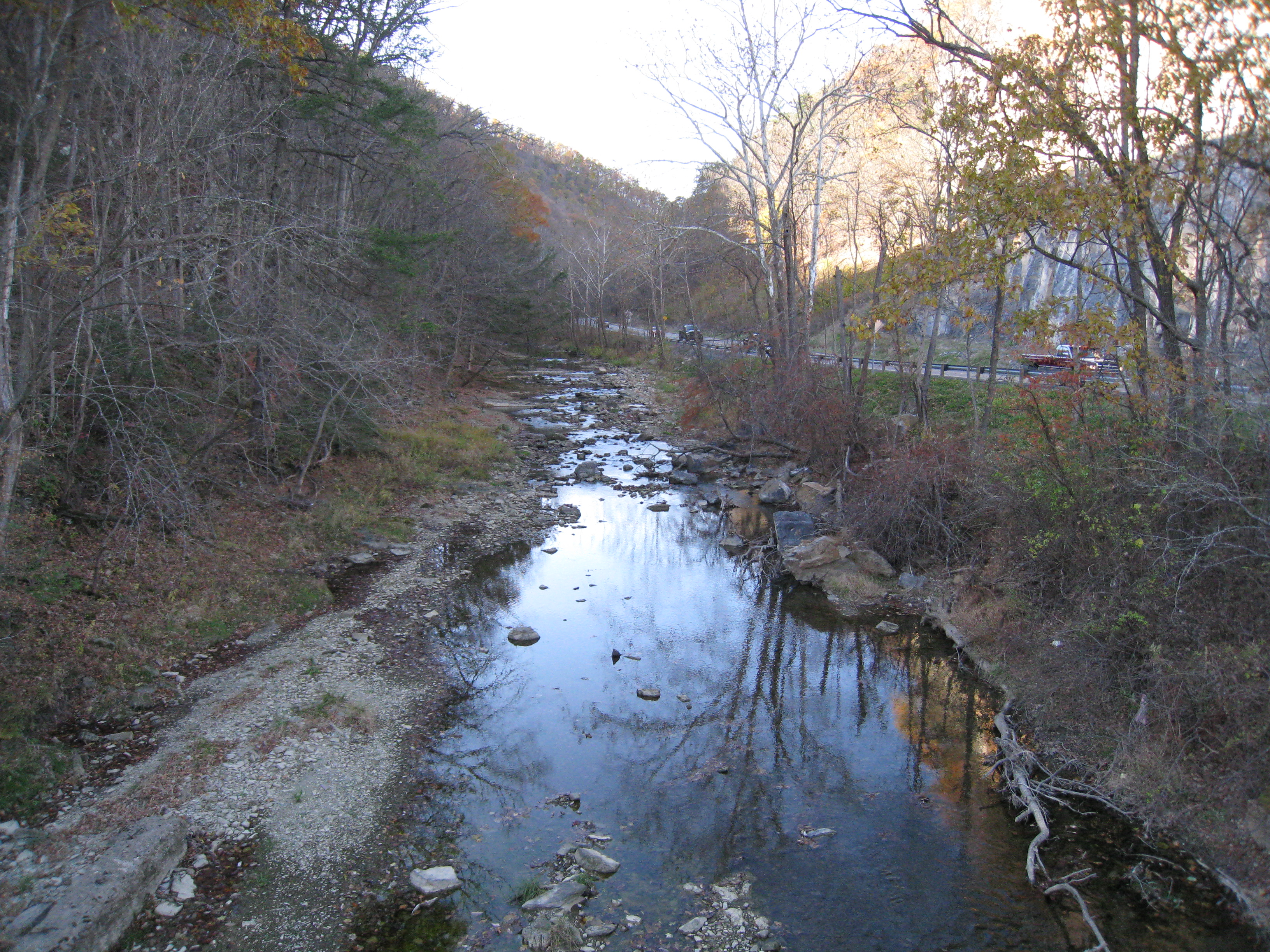
In 2012, the Mid-Atlantic Region, and in particular, West Virginia suffered great loss and damages from the Derecho in June and Super Storm Sandy in October. While these storms did billions of dollars of property and infrastructure damage, they also had profoundly detrimental impacts to streams. Many of West Virginia’s best brook trout streams have been covered densely in down and suspended trees offering no Large Woody Material benefits to fish and severely obstructing stream access for recreation and fishing. Along with suspended fallen trees in narrow valleys are large debris jams and exposed root wads that threaten damaging channel morphology impacts, bank erosion, and increased sedimentation.
Purpose of the project:
In 2012, the Mid-Atlantic Region, and in particular, West Virginia suffered great loss and damages from the Derecho in June and Super Storm Sandy in October. While these storms did billions of dollars of property and infrastructure damage, they also had profoundly detrimental impacts to streams. Many of West Virginia’s best brook trout streams have been covered densely in down and suspended trees offering no Large Woody Material benefits to fish and severely obstructing stream access for recreation and fishing. Along with suspended fallen trees in narrow valleys are large debris jams and exposed root wads that threaten damaging channel morphology impacts, bank erosion, and increased sedimentation.
The WV Division of Natural Resources (WVDNR) Stream Restoration Program (SRP) is mitigating the negative impacts of these 2012 Super Storms on Mill Creek, WV, one of the state’s four intact brook trout populations, by implementing a strategic Large Woody Material “chop and drop” program within Kumbrabow State Forest, which encompasses approximately 6 miles of the stream. To complete this project, the WVDNR SRP is partnering with West Virginia University, Natural Resource Analysis Center, West Virginia State Parks, and West Virginia State Forestry to utilize the principles of natural stream restoration to place, and in some instances modify and anchor, currently hanging trees in the stream as Large Woody Material for fish habitat.
The Mill Creek Restoration Project enhances six miles of instream habitat for wild Brook Trout and improves fishing access to one of WV’s best fishery. The Project’s conservation outcomes are also generating $3.3 million in socioeconomic benefits and providing $456,000 in economic impacts to local communities.
Link to full project description - http://bit.ly/1IrG661
Project Timeline:
March – May, 2014: Project Planning
June – August, 2014: Project Implementation
Sponsoring Organization:
Steve Brown, Program Manager, Stream Restoration Program (Project Officer)
West Virginia Division of Natural Resources, Wildlife Resources Section
Project Funding:
FWS-NFHP Funding: $ 71,429
Partner Match: $100,000
Total: $171,429
Project Partners:
West Virginia Division of Natural Resources, West Virginia State Parks, West Virginia State Forestry, and West Virginia University.
